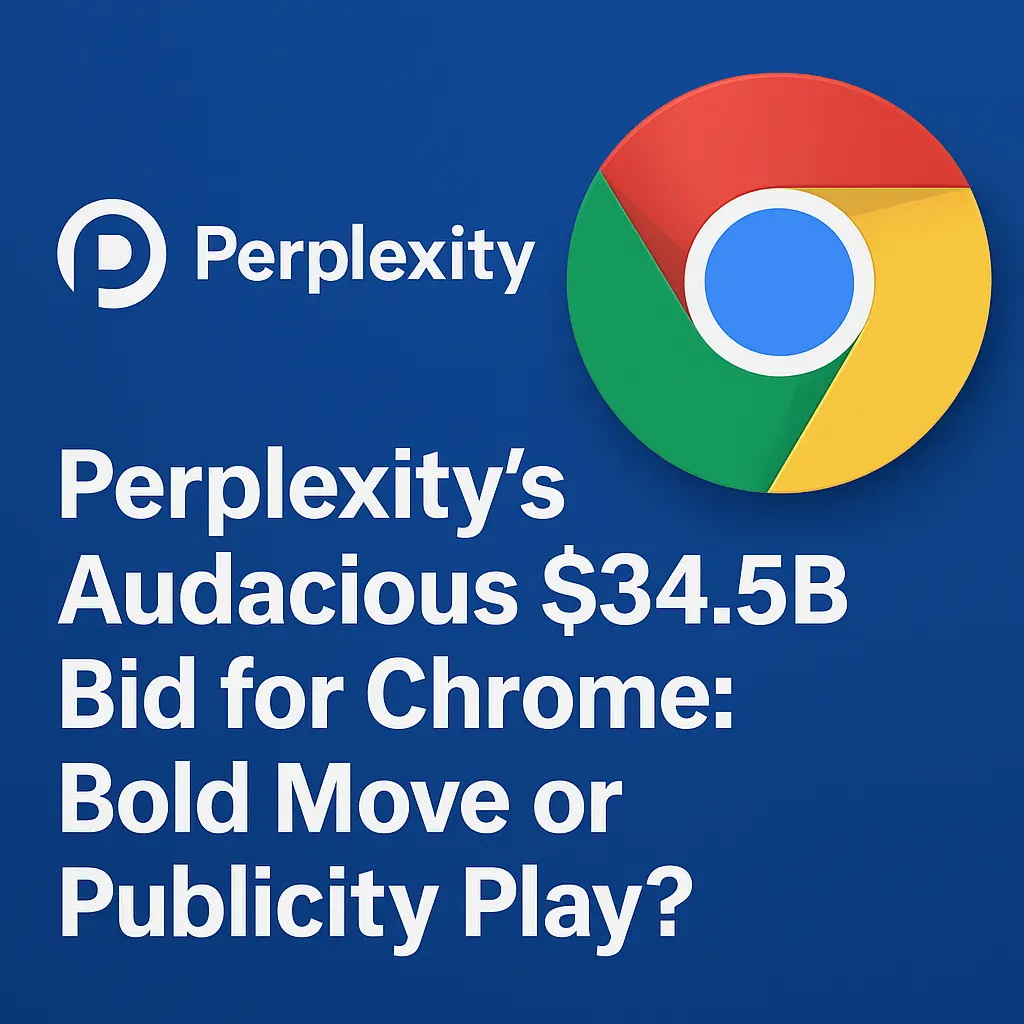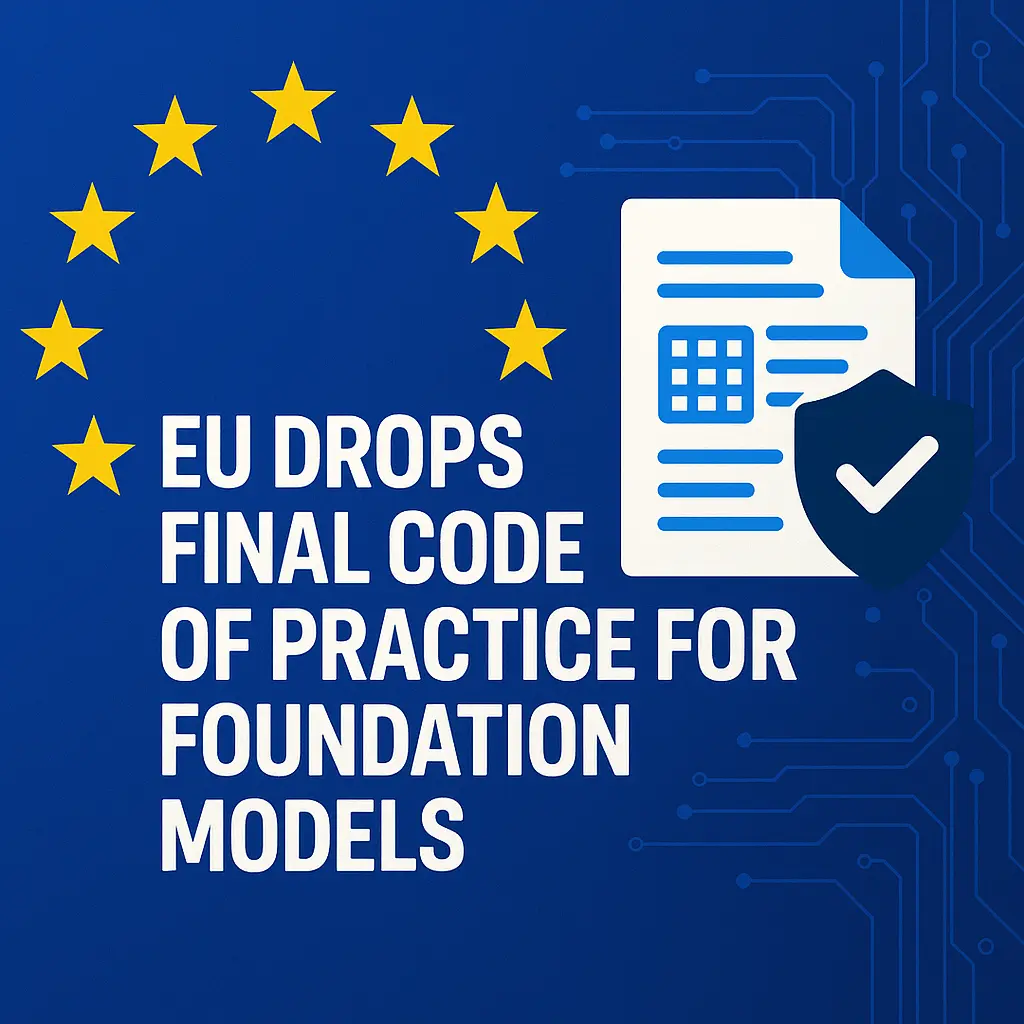🔍 Intro: A Wild Bid No One Saw Coming
In one of the boldest moves yet by an AI startup, Perplexity AI has made a $34.5 billion all-cash offer to buy Google Chrome the world’s most-used browser. With over 3 billion users, Chrome is arguably the most powerful digital real estate on the internet.
So why is a startup with a $18 – 20 billion valuation swinging this big? And could they actually pull it off?
🚀 Why Perplexity Wants Chrome So Badly
Perplexity isn’t just another LLM wrapper it’s positioning itself as the future of AI search. But to scale, it needs more than a slick UX and smart answers it needs users.
Chrome delivers that in spades.
In its open letter to Google CEO Sundar Pichai, Perplexity CEO Aravind Srinivas promised:
- To keep Chromium open-source
- To maintain Google as the default search engine
- And to invest $3 billion into Chrome’s development over the next two years
The logic? If Perplexity controls Chrome, it controls the front door to AI search for billions.
💰 Can They Even Afford This?
Here’s the rub: Perplexity doesn’t have $34.5B lying around.
It’s raised just over $300 million to date, and would need serious backing from investors, private equity, or tech partners to make this happen. Still, sources say Perplexity has “indicative investor interest” to fund the deal if Google bites.
Experts estimate Chrome’s actual value could be $50 – 70 billion or more, especially given its advertising and data potential. So some see this offer as a lowball starter, not a final number.
⚖️ The Antitrust Angle
This isn’t just startup bravado there’s real legal fire under Google right now.
U.S. Judge Amit Mehta is expected to rule soon in a major antitrust case that could force Google to divest Chrome. If that happens, it could trigger a browser bidding war, with rumored interest from:
- OpenAI
- Yahoo
- Major private equity firms
Perplexity may be trying to get ahead of the curve, grabbing headlines and investor goodwill before the courtroom gavel drops.
🤔 Genuine Bid or Clever PR Play?
The internet is divided.
Some call the move a masterclass in viral marketing. After all, Perplexity has pulled this kind of stunt before, including a cheeky letter to buy TikTok.
Others think the startup’s onto something real and that Chrome’s integration with AI-native search is inevitable.
🔗 Reddit users chimed in:
“They don’t even have their own model… this feels like a PR ploy.”
“Still, Chrome for $34.5B would be an absolute steal.”
Whether or not Google responds, Perplexity has succeeded in putting itself front and center in a massive conversation about the future of the web.
📣 Conclusion: This Is Just the Beginning
This isn’t just a headline it’s a turning point.
Perplexity’s aggressive offer for Chrome marks a new era in AI vs legacy tech. It’s about distribution, scale, and who controls the future of internet navigation.
Will Google take the bait? Will regulators force their hand? And is Perplexity really ready to play in the big leagues?
Stay tuned. The browser wars 2.0 are just heating up.


